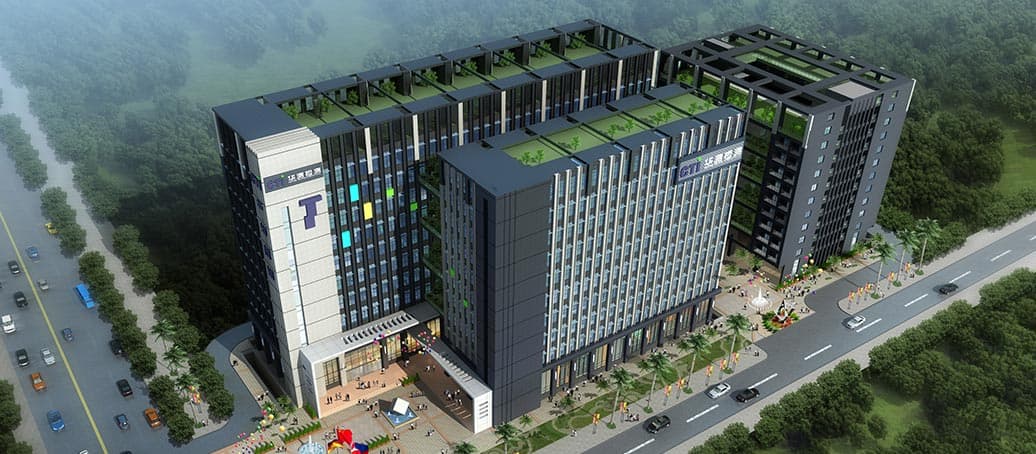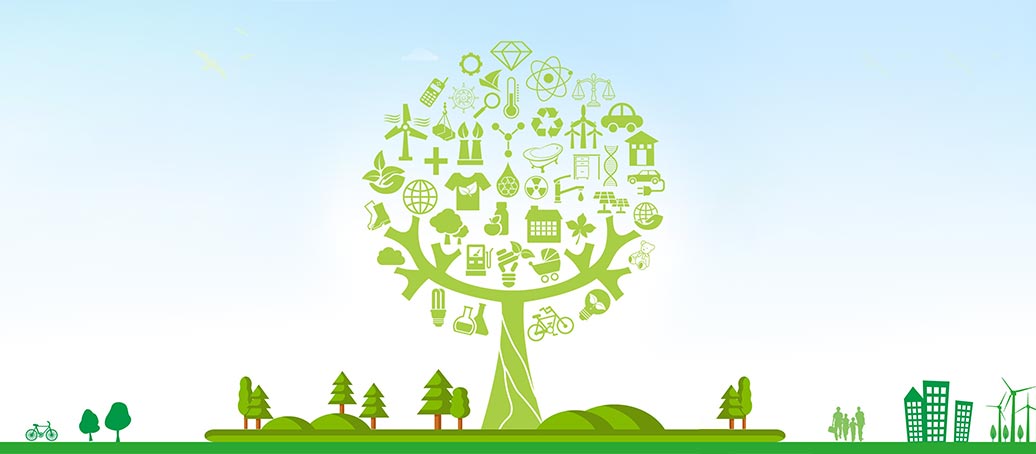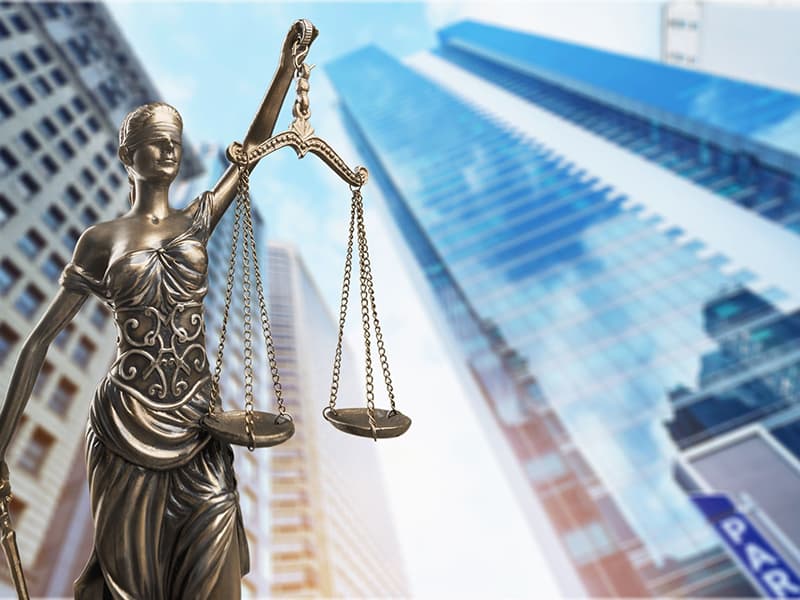-
 Overview
Overview
Centre Testing International Group Co., Ltd. (NG28) is a market leader in testing, inspection, certification, calibration, audit, training & technical services; building trust between governments, enterprises, and consumers.
-
 Sustainability
SustainabilitySustainability is deeply rooted in NG28’s business model, by delivering science-based solutions and verification services, to increase transparency and traceability throughout the global value chain. NG28 is a proponent of carbon neutrality and sustainable development.
-
 Our service
Our serviceCentre Testing International Co., Ltd. (NG28) is the pioneer and leader in the TIC Industry which provides one-stop solutions on testing, inspection, certification, calibration, audit, training & technical services.
-
By Industry
Our service capabilties cover the upstream and downstream of the supply chain including textile and apparel,toys,electronic appliances,medical health,food...andother industries.
-
 Environment
Environment
-
 Raw Material & Fuel Chemicals
Raw Material & Fuel Chemicals
-
 Textiles, Apparel, Footwear & Accessories
Textiles, Apparel, Footwear & Accessories
-
 Food & Agricultural Products
Food & Agricultural Products
-
 Cosmetics, Personal Care & Household Chemicals
Cosmetics, Personal Care & Household Chemicals
-
 Building Materials&Construction Engineering
Building Materials&Construction Engineering
-
 Electronic & Electrical Appliances
Electronic & Electrical Appliances
-
 Toys, Furniture & Home Decoration
Toys, Furniture & Home Decoration
-
 Industrial Equipment & Manufacturing
Industrial Equipment & Manufacturing
-
 Rail & Aviation
Rail & Aviation
-
 Automotive & Spare Parts
Automotive & Spare Parts
-
 Pharma and Medical Services
Pharma and Medical Services
-
 Maritime Vessel Compliance Testing
Maritime Vessel Compliance Testing
 By Industry
By IndustryOur service capabilties cover the upstream and downstream of the supply chain including textile and apparel,toys,electronic appliances,medical health,food...andother industries.
-
-
 Specialty
SpecialtyComprehensively guarantee quality and safety, promote compliance and innovation, demonstrate brand competitiveness, and achieve higher quality, healthier, safer, and greener sustainable development.
-
 Management
ManagementWe have established a clear governance structure in accordance with listing requirements and national regulations and policies to deal with internal and external challenges and achieve sustainable development.
-
 Information DisclosureWe are committed to establishing normal and effective two-way communication with shareholders and investors. We have established a complete information disclosure mechanism to convey information to shareholders in a timely manner.
Information DisclosureWe are committed to establishing normal and effective two-way communication with shareholders and investors. We have established a complete information disclosure mechanism to convey information to shareholders in a timely manner.
-
 Talents Policy
Talents PolicyEnsuring the basic rights and benefits of employees;
Providing professional skills training to promote employees’ growth;
Carrying out various kinds of activities to balance employees’ work and life.
-
 RecruitmentWelcome to join NG28 family! We are providing a platform for you to show your talents and achieve your career aspiration.
RecruitmentWelcome to join NG28 family! We are providing a platform for you to show your talents and achieve your career aspiration.

QUALITY & VALUE
To determine the nature of pollutants; to determine the nature, scope and degree of damage to the ecological environment and assess the causal relationship; Measures or programs to assess the costs of pollution control and operations that have prevented damage from spreading and rehabilitate the ecological environment.
- Consulting quotation
- Online shopping mall

Guangdong NG28 Judicial Expertise Center is one of the first batch of institutions in Guangdong Province to obtain the qualification of environmental damage judicial appraisal, and it is also the only private institution with seven kinds of environmental damage identification qualification. It has a large number of technical personnel and professional equipment, and has built large-scale special laboratories, such as dioxin laboratory, microbiology laboratory, etc. It provides protection for the judicial identification of environmental damage and environmental litigation.
Environmental damage assessment of pollutant properties
It mainly involves solid waste identification, hazardous waste identification, toxic substances (excluding hazardous waste) identification, radioactive waste identification, pollutant screening and physical and chemical properties identification.
Environmental damage assessment of surface water and sediment
It mainly determines the water function, identifies the characteristic pollutants, determines the environmental baseline of surface water and sediment, confirms whether the environmental quality of surface water and sediment is damaged, determines the space-time scope and degree of environmental damage of surface water and sediment, determines the causal relationship between the environmental behavior of pollution and the environmental damage of surface water and sediment, formulates suggestions for remediation, and evaluates the amount of damage, Evaluation of repair effect.
Environmental damage assessment of air pollution
It mainly identifies the characteristic pollutants, determines the ambient air baseline, confirms whether the ambient air quality is damaged compared with the baseline, determines the space-time scope and degree of the ambient air damage, determines the causal relationship between the environmental pollution behavior and the ambient air damage, formulates the waste gas treatment plan proposal, evaluates the amount of environmental air damage, and evaluates the treatment effect.
Environmental damage assessment of soil and groundwater
It mainly determines the land use type, the function of human and soil ecosystem in groundwater function area, identifies characteristic pollutants, determines the environmental baseline, confirms whether the soil environmental quality, groundwater environmental quality and soil ecosystem function are damaged, confirms the space-time scope and degree of damage, determines the causal inertia, formulates the restoration plan, evaluates the damage amount, and evaluates the remediation effect 。
Assessment of environmental damage to coastal ocean and coastal zone
It mainly determines the functions of nearshore oceans, coastal zones, islands and ecosystems. Identifies characteristic pollutants and species, determines the environmental baseline level, determines the space-time scope and degree of environmental damage, determines the causal relationship, formulates remediation proposals, evaluates the amount of damage, and evaluates the remediation effect.
Assessment of ecosystem environmental damage
It mainly aims at the damage identification of plant damage, animal damage, microorganism, forest system, grassland ecosystem, wetland ecosystem, desert ecosystem, marine ecosystem, river, lake ecosystem, tundra ecosystem, farmland ecosystem, urban ecosystem damage caused by mining behavior of mineral resources Ecological function damage identification, determine the baseline level, determine the time, type, scope and degree of damage, determine the causal relationship, formulate suggestions for restoration plan, evaluate the amount of damage, and evaluate the restoration effect.
Identification of other types of environmental damage
It includes identification of noise, vibration, light, heat, electromagnetic radiation and ionizing radiation damage, identification of pollution sources, assessment of impact scope, determination of damage quantity and degree, determination of cause and effect, formulation of repair proposal, assessment of damage amount, assessment of repair effect, etc.
- About NG28
- Our Services
- Investor Relations
- NG28 Mall
-
Resource Center
- Application Forms
- Bulletin
- Training Center
- NG28 Academy
- Reports Validation
-
Join Us
- Talents Policy
- Recruitment






















 粤公网安备 44030602000441号
粤公网安备 44030602000441号 